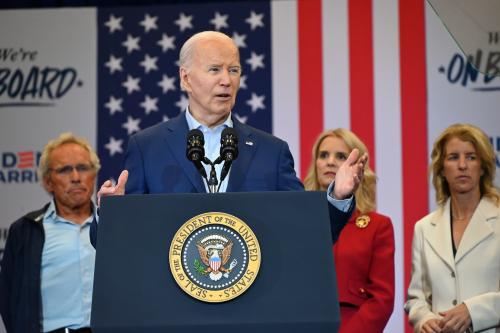

Research
BPEA | 1978 No. 31978, No. 3
HAS THERE BEEN a squeeze on profits during the past decade? And if profits have been under pressure, what has been the primary source of the squeeze? These are important questions, not only for stockholders, but also for the economy as a whole. If George Perry was correct in stating that profits are an important determinant of money wages in manufacturing, a squeeze on profits might serve to dampen wage demands, which would mitigate inflationary pressure. If profits, by stimulating investment spending, trickle down into greater productivity, a squeeze on profits may lead to less output per man-hour, which would intensify inflation. And if William Baumol is correct in arguing that the profits realized by the firm are more than a residual, a squeeze on profits has unfortunate implications for price movements and employment. According to Baumol’s proposition that firms maximize sales volume subject to a profit constraint, a squeeze on profits is likely to induce a rise in prices along with a simultaneous contraction in output and employment. Recently, complaints about a profit squeeze, coupled with a concern that investment levels are inadequate and the decline in productivity growth, have brought intensified pressure for a reduction in the corporate tax rate and a more generous investment tax credit.